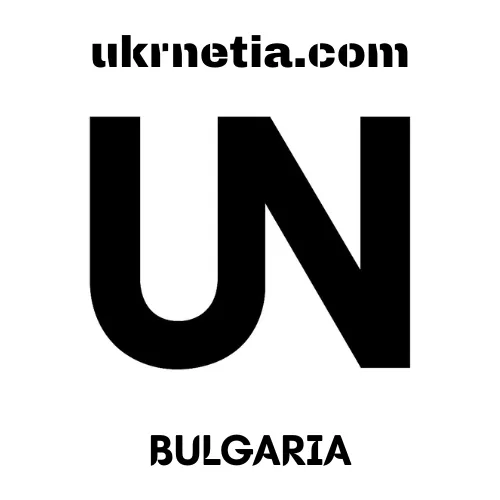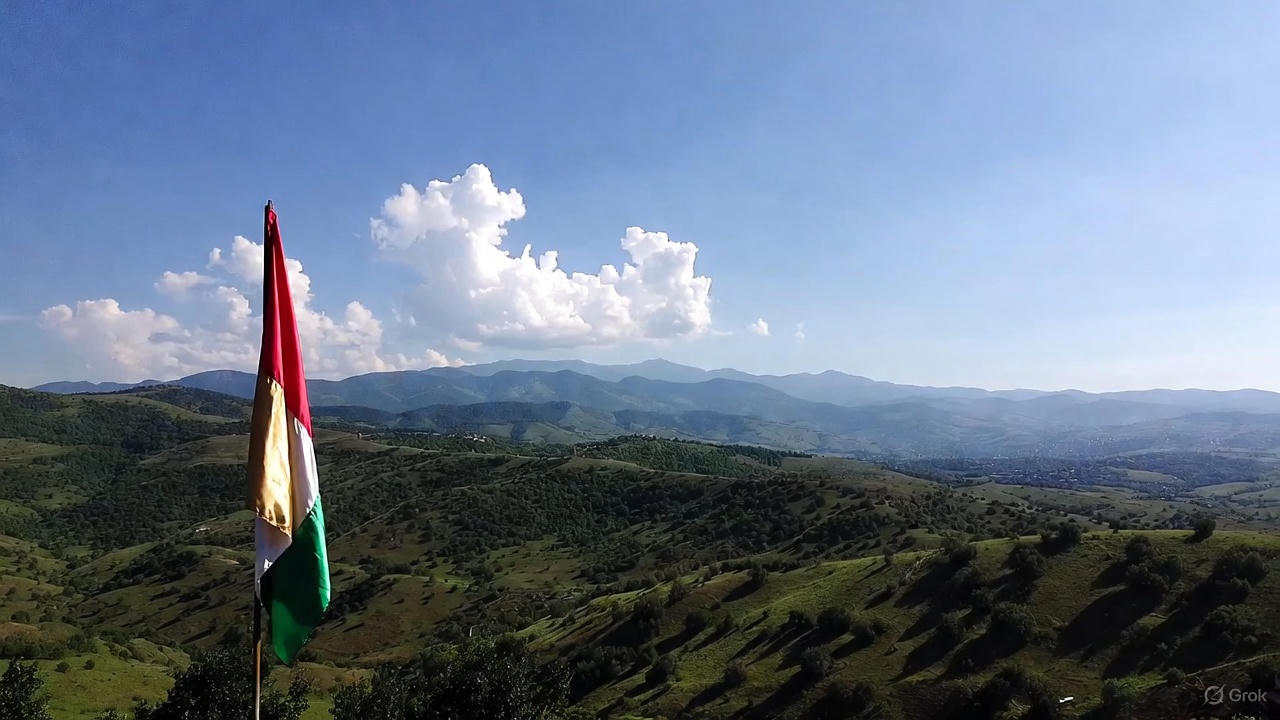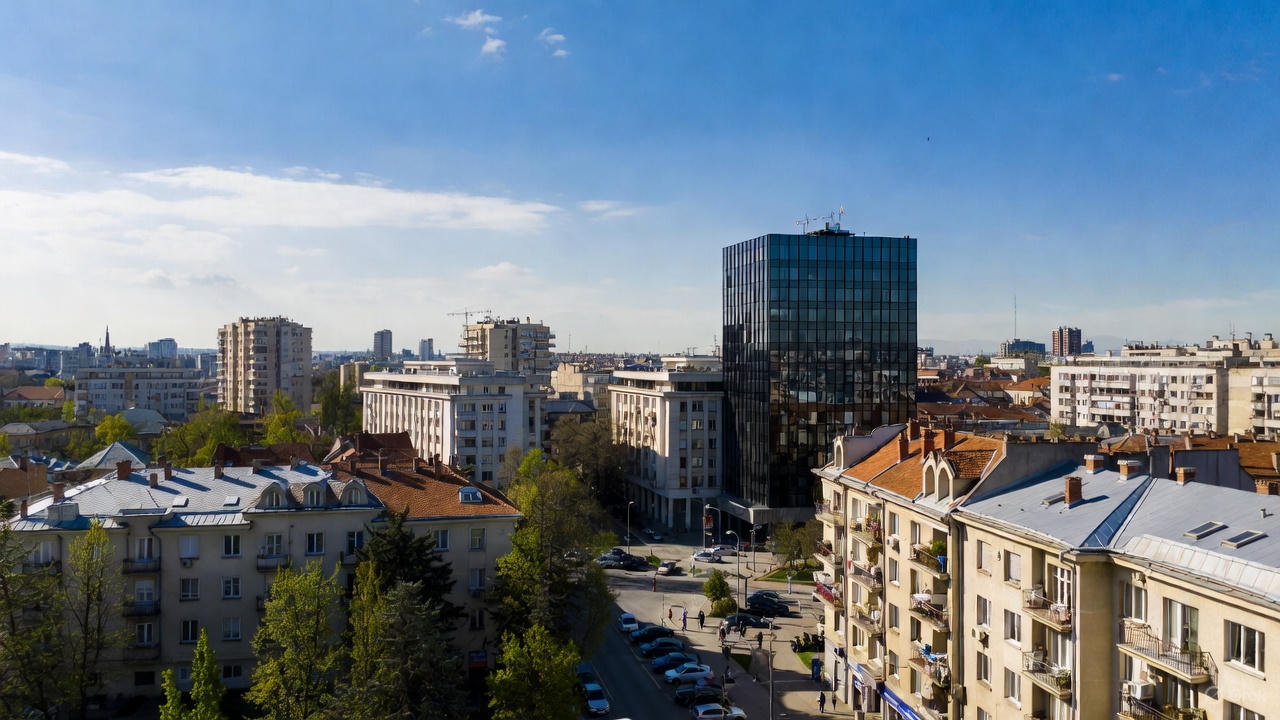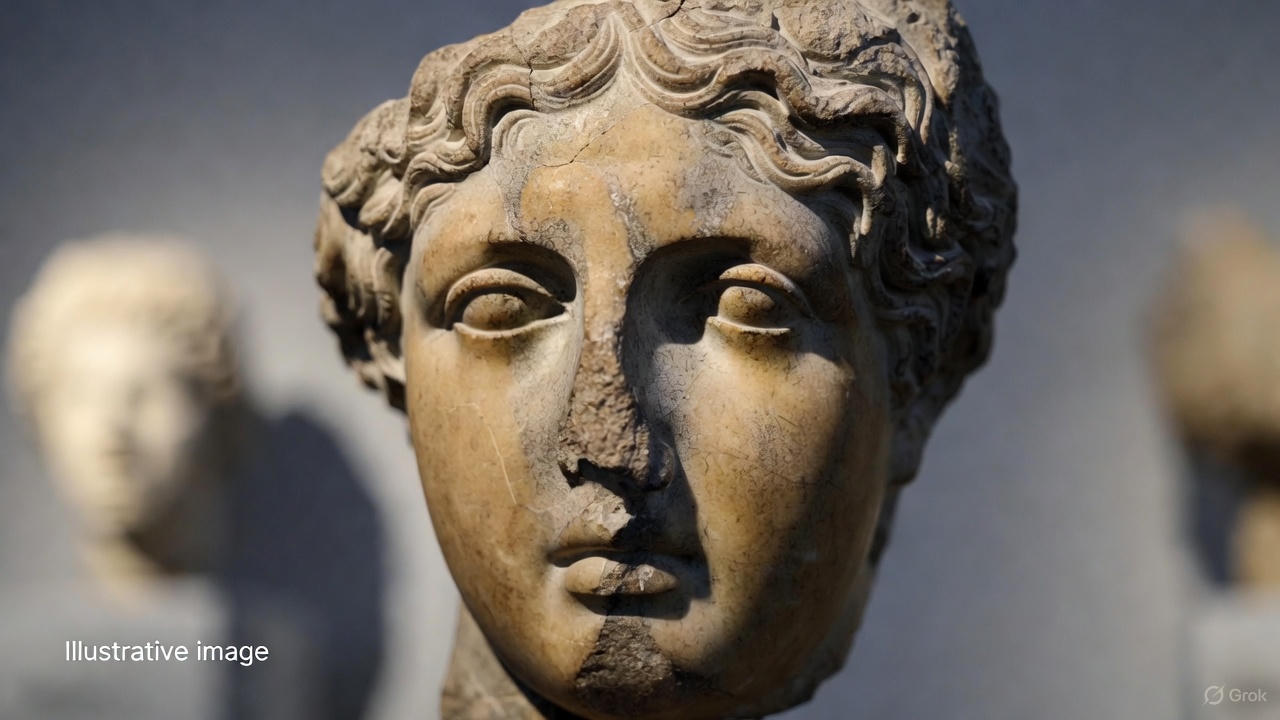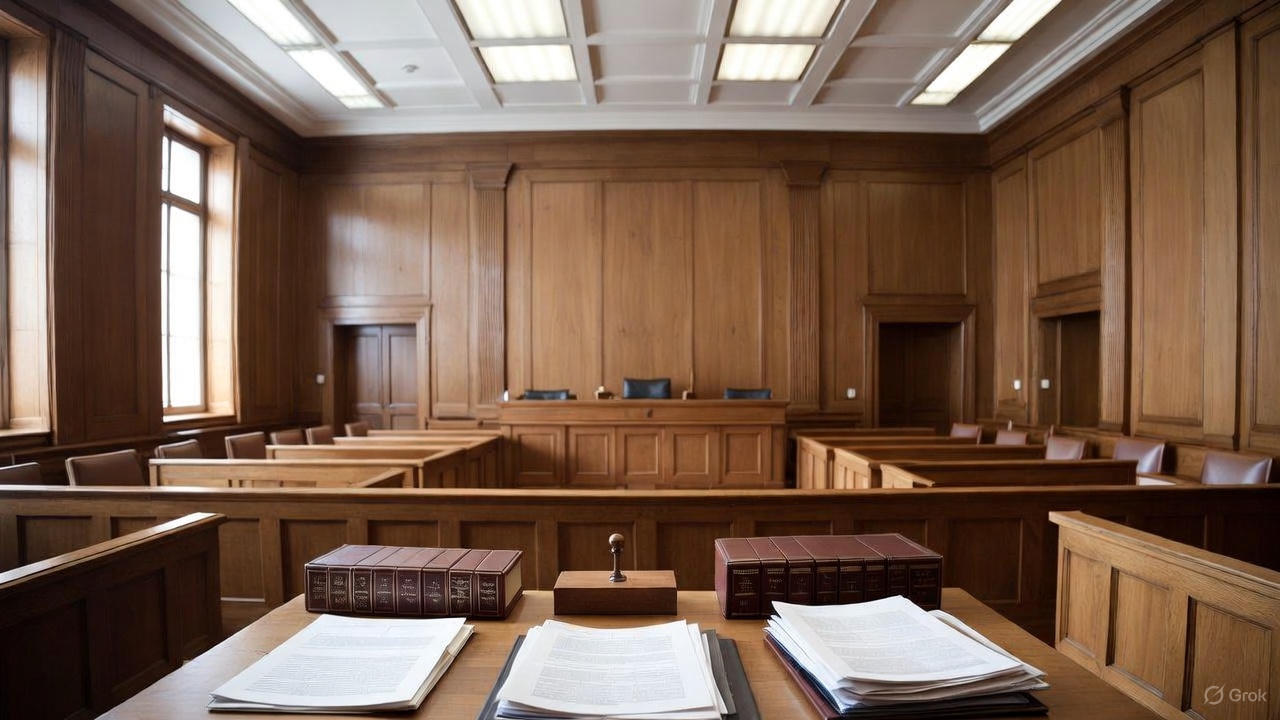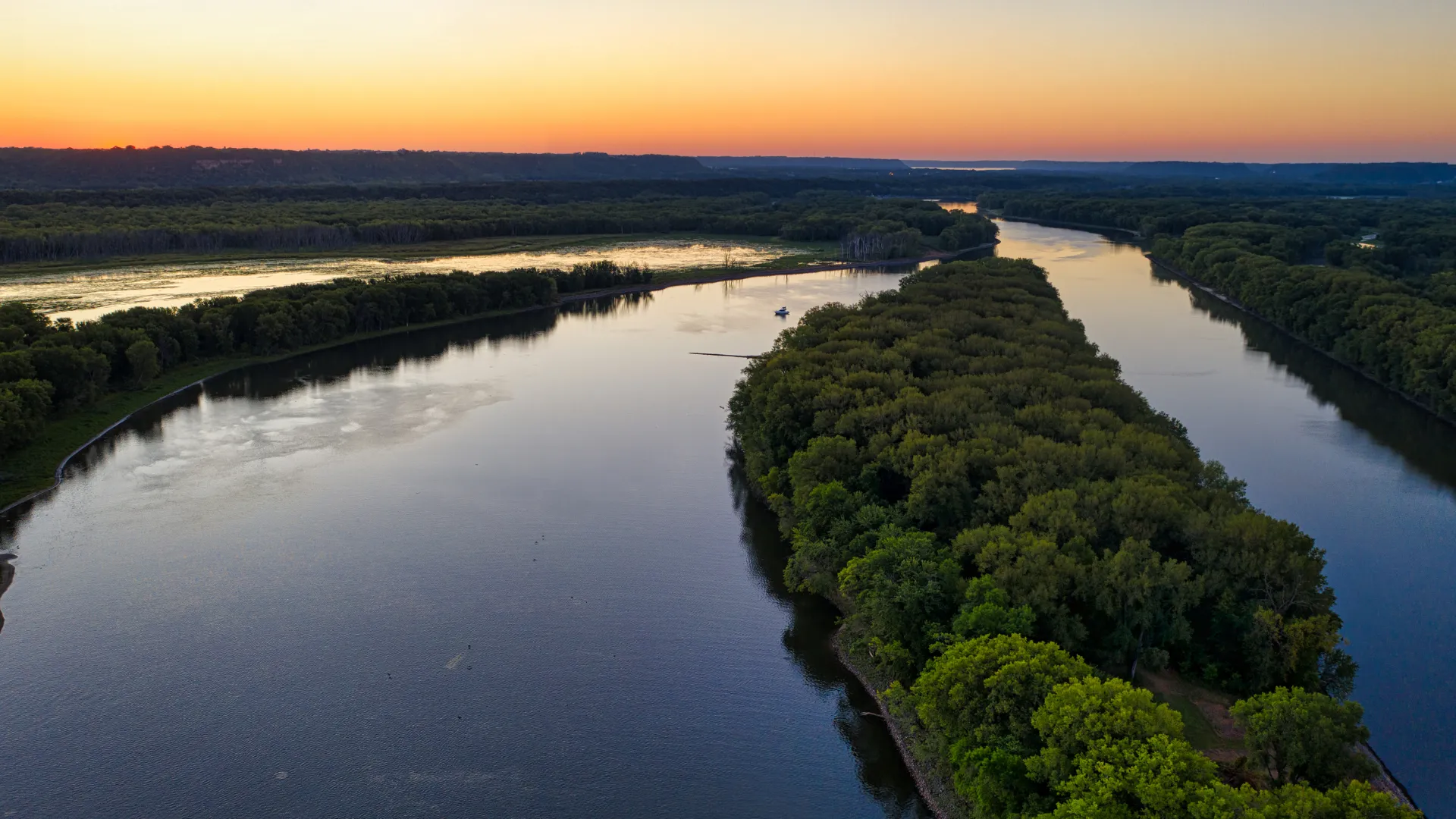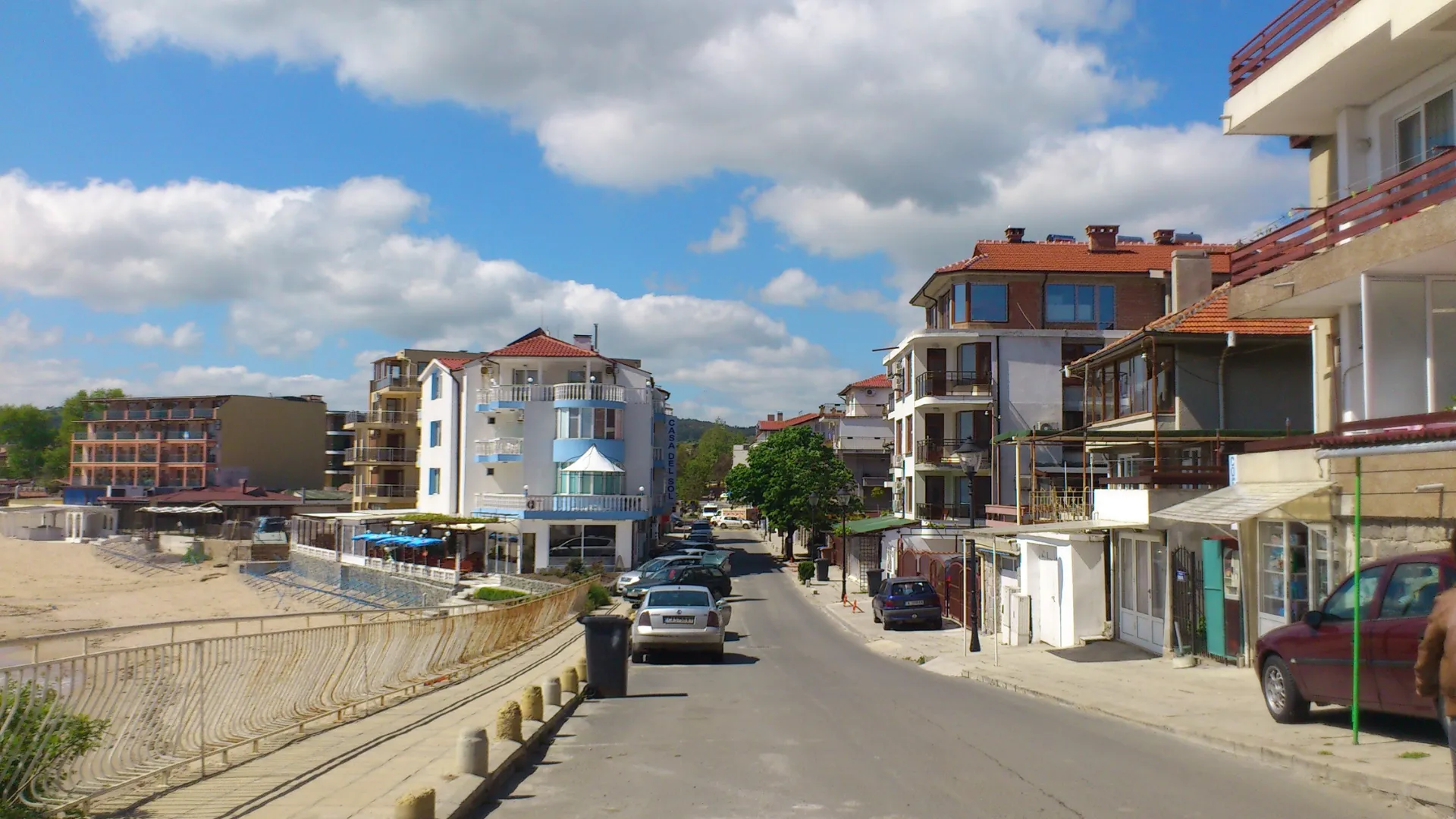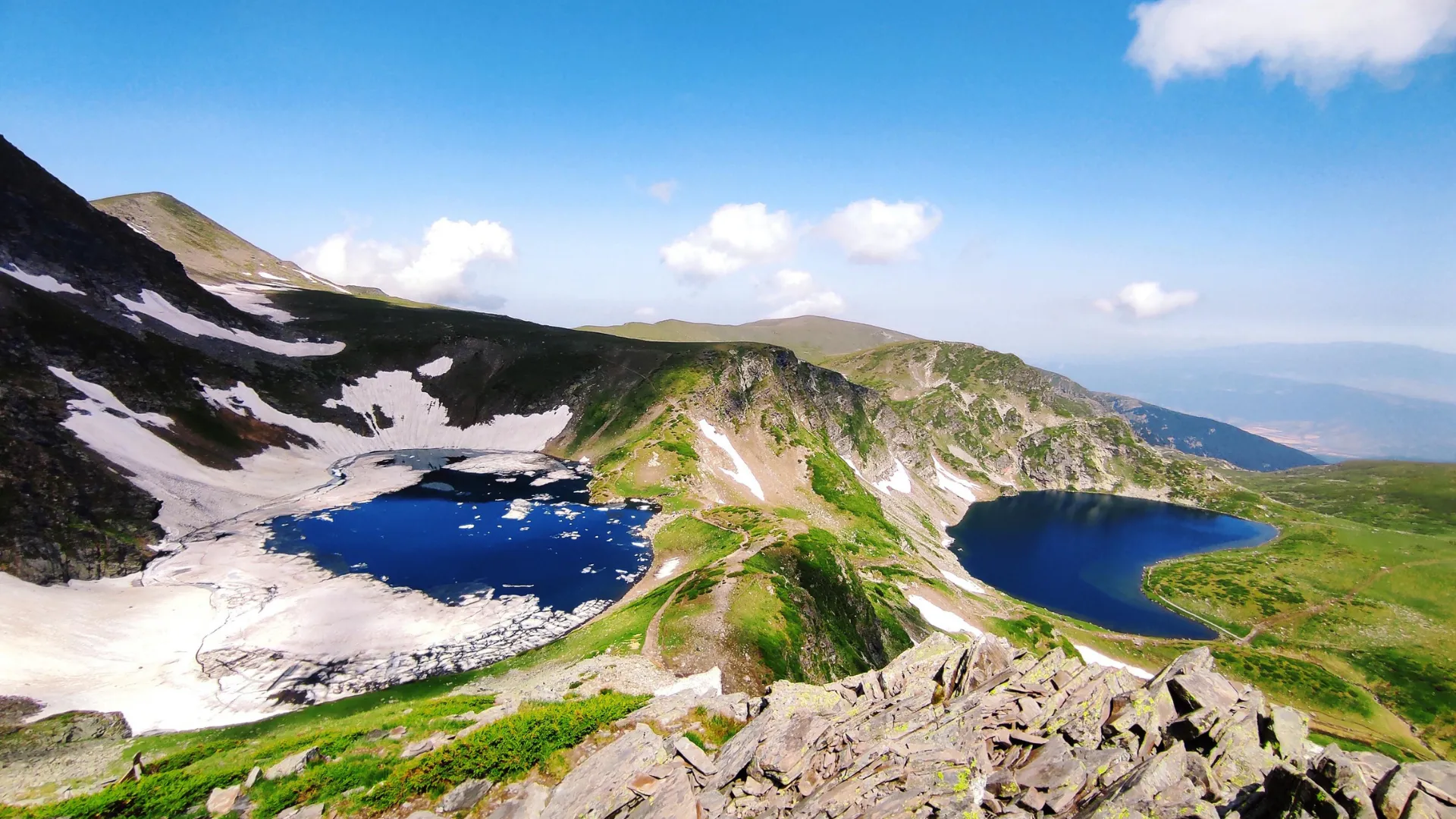Rila Monastery: Bulgaria’s Spiritual Crown Jewel in the Heart of the Rila Mountains

Nestled high in the rugged embrace of the Rila Mountains, approximately 117 kilometers south of Sofia, the Rila Monastery stands as an enduring testament to Bulgaria’s rich spiritual, cultural, and architectural heritage. Known locally as the “Monastery of Saint Ivan of Rila” or simply “Rilski Manastir,” this UNESCO World Heritage Site is not merely a historical monument but a living symbol of resilience, faith, and national identity. Founded in the 10th century by the revered hermit Saint John of Rila, the monastery has weathered invasions, fires, and political upheavals, emerging as Bulgaria’s most iconic tourist destination. In 2025, as Bulgaria continues to position itself as a must-visit gem in the Balkans—boasting over 1.89 million tourists in 2024 with a projected 5% growth this year—Rila Monastery remains at the forefront, drawing pilgrims, history enthusiasts, and nature lovers alike. This comprehensive guide delves into its profound history, mesmerizing architecture, cultural significance, and practical tips for visitors, revealing why this “spiritual heart of Bulgaria” captivates over 900,000 souls annually.
The Mystical Origins: Legends and the Founding of a Spiritual Beacon
The story of Rila Monastery begins not with grand stone walls but with a solitary figure seeking divine communion amid the wilderness. Saint John of Rila (Ivan Rilski), born around 876 AD in the village of Skrino, was a boyar (nobleman) who renounced worldly wealth in pursuit of asceticism. Legend has it that, disillusioned by the materialism of the Bulgarian court under Tsar Peter I (r. 927–968), John retreated to the dense forests of the Rila Mountains. There, at an elevation of about 1,147 meters, he discovered a remote cave along the Rilska River—a natural grotto that became his hermitage for over two decades.
According to hagiographic tales preserved in medieval manuscripts, John’s life was one of profound miracles. He subsisted on wild herbs and spring water, healing the sick with prayers and prophecies that foretold Bulgaria’s future trials. One popular legend recounts how wolves, once fierce predators, brought him bread from nearby villages, symbolizing harmony between man and nature. Another speaks of a divine light emanating from his cave, drawing disciples who sought his wisdom. By the time of his death in 946 AD, John’s reputation as a healer and visionary had spread across the Balkans, earning him canonization as Bulgaria’s patron saint.
Though John never intended to build a monastery, his followers did. Shortly after his passing, they enshrined his relics in a wooden chapel near the cave, transforming the site into a pilgrimage hub. The original monastery, constructed around 980 AD, was a modest wooden structure that evolved into a fortified complex by the 11th century. John’s tomb, now housed in the main church, continues to draw believers who attribute miraculous healings to its proximity. These legends underscore the monastery’s foundational ethos: solitude as a path to enlightenment, a theme echoed in its isolated mountain setting. As UNESCO notes, Rila embodies “the uninterrupted historic continuity” of Bulgarian Orthodox spirituality, bridging pagan Thracian roots with Christian devotion.
A Tapestry of Trials: Historical Evolution Through Centuries of Turmoil
Rila’s history is a chronicle of destruction and rebirth, mirroring Bulgaria’s own turbulent past. During the medieval Bulgarian Empire (1018–1185), the monastery flourished as a center of learning and manuscript production, safeguarding Slavic literacy amid Byzantine influences. Tsar Ivan Asen II (r. 1218–1241) lavished gifts upon it, including ornate icons and land grants, elevating its status as a spiritual powerhouse.
The Ottoman conquest in 1396 brought devastation. Raiders sacked the monastery multiple times, reducing it to ashes in 1478. Yet, like a phoenix, Rila rose again, thanks to clandestine support from Orthodox communities across the empire. By the 15th century, donations from Wallachian princes funded a stone fortress, including the iconic Hrelyo’s Tower (1335), the only surviving medieval structure. This five-story defensive bastion, complete with a small chapel on its top floor, served as a refuge during raids and a vantage point over the valley.
The 19th century marked Rila’s golden era, coinciding with the Bulgarian National Revival (Vazrazhdane). A catastrophic fire in 1833 destroyed much of the complex, but the flames inadvertently sparked its most vibrant reconstruction. Wealthy merchants from across the Balkans, inspired by emerging nationalism, contributed funds. Between 1834 and 1862, the current complex took shape: a quadrangular fortress-like enclosure with striped arcades, residential wings, and the Nativity of the Virgin Mary Church at its core. This era saw the monastery as a bastion of Bulgarian identity—hiding revolutionaries like Vasil Levski and preserving the Cyrillic script through its scriptorium, which produced over 200 manuscripts, including the priceless 14th-century Rila Manuscript.
Under communist rule (1944–1989), Rila faced secularization; monks were reduced to a handful, and the site was repurposed as a museum. Post-1989, it regained autonomy under the Bulgarian Orthodox Church in 1991, with about 60 monks residing today. In 1976, it was declared a national historical monument, and UNESCO inscribed it in 1983 for its “masterpiece of the creative genius of Bulgarian people.” Today, as Bulgaria integrates into the EU’s cultural fabric, Rila symbolizes resilience, hosting interfaith dialogues and educational programs that attract global scholars.
Architectural Splendor: A Canvas of Colors and Faith
Approaching Rila Monastery is like stumbling upon a hidden palette in the monochrome forest. Perched in a verdant valley at 1,147 meters, the complex spans 8,800 square meters, its irregular polygonal walls rising defiantly against the pine-clad slopes. The exterior, with its austere stone base and wooden-roofed galleries, belies the riot of color within—a hallmark of Bulgarian Revival architecture.
The heart is the Nativity Church (1833–1859), a cross-inscribed basilica topped by three bulbous domes in shimmering green and gold. Its facade bursts with frescoes: vivid reds, blues, and yellows depicting biblical scenes, saints, and parables. The south porch alone features over 1,200 square meters of murals, painted by masters like Zahari Zograf, whose “Wheel of Life” allegorically warns of sin’s consequences through grotesque demons and tormented souls. Inside, the dim nave glows with candlelight, illuminating a golden iconostasis by icon-painters from the Tryavna School—intricate silver filigree frames enclosing icons of the Virgin and Christ.
Encircling the church are four-story residential wings, their arcades alternating black-and-white stripes below and red-and-white above, evoking Ottoman influences blended with Slavic motifs. Hrelyo’s Tower, a 22-meter sentinel from 1335, offers panoramic views from its summit chapel, the Transfiguration of the Lord. The monastery’s museums further enrich the experience: the Church History Museum houses relics like John’s staff and 11th-century Gospels, while the Ethnographic Museum displays Revival-era embroidery and woodcarvings.
This architectural fusion—Byzantine domes, Balkan fortification, and Renaissance exuberance—earned Rila its UNESCO status under criteria (vi) for cultural revival and (iv) for exemplary architecture. As one visitor noted in 2025 TripAdvisor reviews, “It’s like entering a living icon—colors that dance in the mountain light.”
Cultural and Spiritual Tapestry: Frescoes, Relics, and National Revival
Rila is more than stone and pigment; it’s a repository of Bulgaria’s soul. The frescoes, executed between 1840 and 1844, are a visual encyclopedia of Orthodox theology and folklore. Zograf’s works blend canonical saints with satirical vignettes: monks fleeing temptation or tyrants punished by divine justice, reflecting the Revival’s anti-Ottoman fervor. The “Last Judgment” on the west facade, with its hellish cauldrons and heavenly choirs, encapsulates moral urgency.
Spiritually, Rila pulses with devotion. Daily liturgies echo through the courtyards, where pilgrims venerate John’s silver-plated relics—believed to exude myrrh and heal ailments. The saint’s cave, a 4-km hike away, remains a site of silent prayer, its narrow crevice symbolizing purification (only the “sinless” can pass, per legend). During the Revival, Rila’s library—now 250,000 volumes strong—preserved Bulgarian literature, including the first printed books in Cyrillic.
Culturally, it influenced Balkan aesthetics, from iconography to embroidery. In 2025, amid Bulgaria’s EU presidency aspirations, Rila hosts exhibitions like the “Slavic Heritage” series, blending digital projections with traditional chants. Events such as the annual St. John’s Day (October 19) draw thousands for processions and folk dances, fusing faith with festivity. As UNESCO affirms, Rila “imparted Slavic values” during national reawakening, making it a pilgrimage for Bulgarians reclaiming identity post-communism.
The Natural Embrace: Rila Mountains and Surrounding Treasures
Rila Monastery’s allure extends beyond its walls into the UNESCO-listed Rila National Park (est. 1992), a 81,000-hectare wilderness of glacial lakes, alpine meadows, and peaks topping 2,900 meters. The monastery sits at the park’s edge, where the Rilska River carves a verdant gorge, home to brown bears, wolves, and golden eagles—species from Bulgaria’s Red Book of Endangered Fauna.
Hiking trails beckon adventurers: the 4-km path to St. Ivan’s Cave winds through beech forests, offering solitude and mountain vistas (1.5 hours round-trip, moderate difficulty). For thrill-seekers, the Seven Rila Lakes circuit (20 km, 6–8 hours) starts 15 km away at Pchelino, ascending to cirque lakes reflecting Musala Peak (2,925 m, Bulgaria’s highest). In winter, snowshoeing or cross-country skiing transforms the area into a serene wonderland.
Nearby, the Rila Monastery Nature Park safeguards endemic flora like edelweiss and rhododendrons, with eco-trails promoting sustainable tourism. In 2025, park initiatives include guided “Monastery to Lakes” tours (€20–30), emphasizing low-impact travel amid climate concerns—rising temperatures threaten glacial melt. Visitors rave about the “ethereal” fusion of human artistry and raw nature: “From frescoes to firs, Rila heals the soul.”
Planning Your Pilgrimage: A 2025 Visitor’s Guide
Reaching Rila is an adventure in itself, best as a day trip from Sofia (2 hours). By public transport: Buses depart Sofia’s Ovcha Kupel station at 9:40 AM (€5, 2 hours to Rila village), then a 30-minute taxi (€3) or 5-km uphill walk to the monastery. Return buses at 6 PM. By car: Rent in Sofia (€30/day); tolls €3, parking €2. The route via Samokov offers scenic stops at Musala. Tours: Organized day trips (€50–80) from Sofia include Boyana Church (another UNESCO site) or Melnik’s wine cellars—book via Viator or local operators like Traventuria for English guides.
Opening hours (2025): Complex and church: daily 7 AM–7:30 PM (summer), 7 AM–5 PM (winter). Museums: 8:30 AM–4:30 PM daily, extended to 7:30 PM Fri–Sun June–September. Entry: Free for courtyard/church; museums €8 adults/€2 students (combo €10). Allow 2–3 hours; weekdays avoid crowds (peak weekends: 1,000+ visitors).
Dress code: Modest attire—cover shoulders/knees; no hats inside. Monks provide wraps if needed. No smoking, photos in church/museums (€5 fine). Accessibility: Cobblestone paths challenge wheelchairs; ramps at main entrances.
Accommodations: Stay overnight in monk-run cells (€20–40/night, basic with shared baths) for vespers immersion—book via monastery office (+359 707 47 307). Nearby, Rila village guesthouses (€30–50) or luxury eco-lodges like Hotel Zelenika (€80) offer mountain views.
Dining: The on-site bakery serves mekitsa (fried dough with yogurt, €2)—a Revival-era staple. Nearby taverns proffer banitsa (cheese pastry) and trout from Rilska River (€10 meals). Vegetarian options abound, reflecting monastic cuisine.
Events in 2025: St. John’s Day (Oct 19): Processions, chants. Summer folklore festivals (July): Traditional dances. Guided hikes (June–Sept): €15, via park center. Check rilamonastery.info for updates.
Tips: Summer (June–Aug): Warm (20–25°C), crowded; pack sunscreen/hat. Winter (Dec–Feb): Snowy magic (-5°C), fewer visitors—ideal for contemplation. Hydrate on hikes; ATMs scarce. Eco-tip: Use reusable bottles; park bans single-use plastics.
Echoes of Eternity: Rila’s Enduring Legacy
Rila Monastery transcends its role as a tourist magnet—it’s Bulgaria’s soul etched in stone and fresco. From John’s cave-born visions to Revival rebirths, it has preserved faith amid empires’ falls, inspiring generations. In 2025, as Bulgaria’s tourism surges toward 2 million visitors, Rila invites introspection: a reminder that true beauty blooms in isolation’s quiet. Whether hiking to glacial lakes or tracing frescoed parables, a visit here lingers like mountain mist—profound, peaceful, eternal. Venture forth; let Rila whisper its thousand-year secrets.
